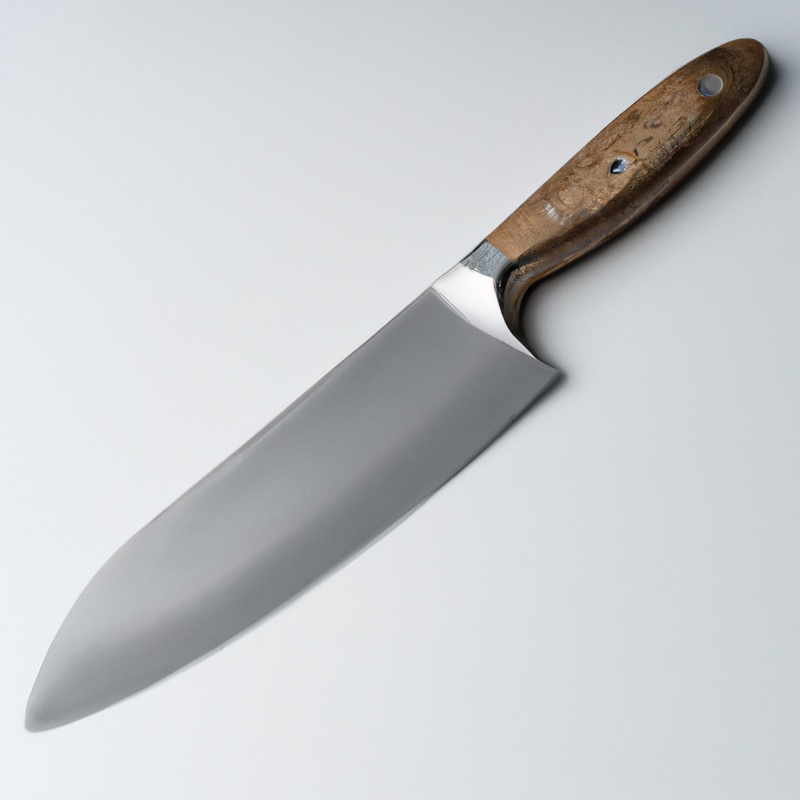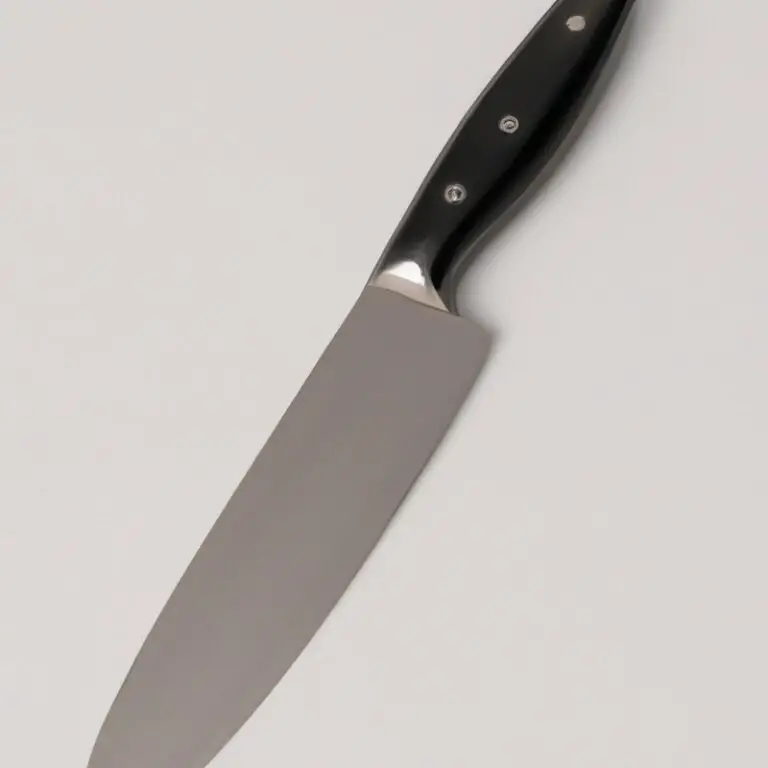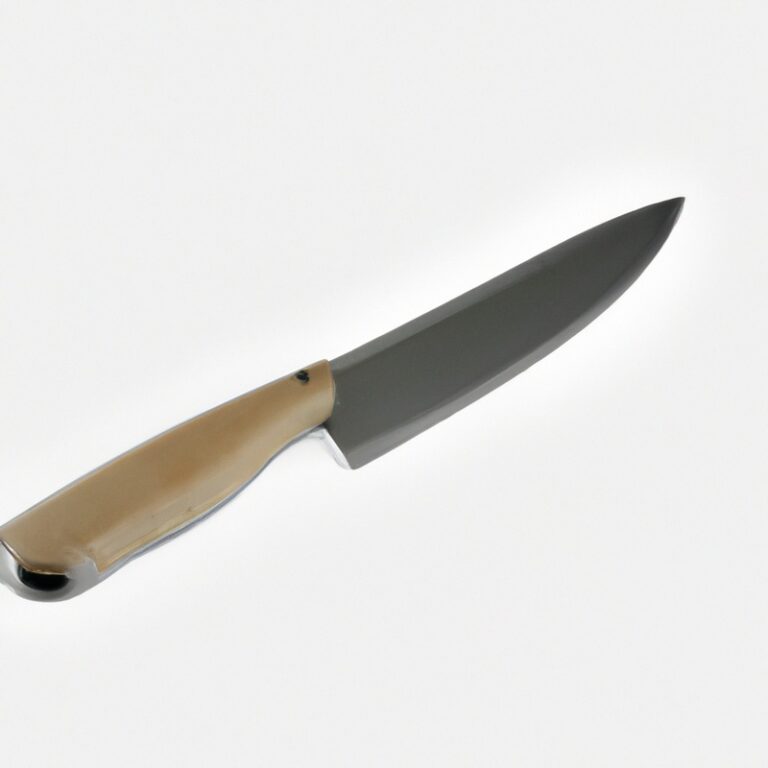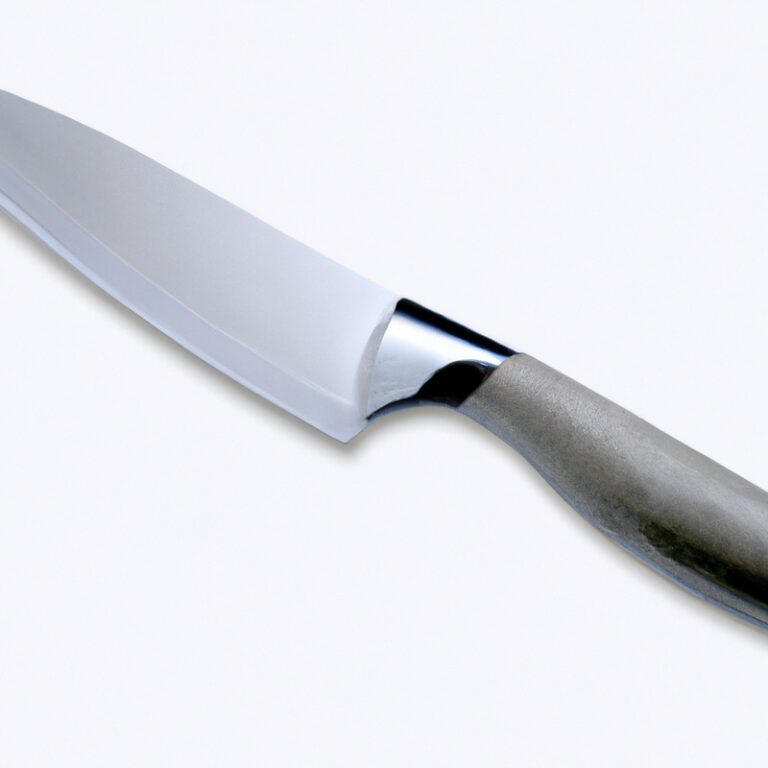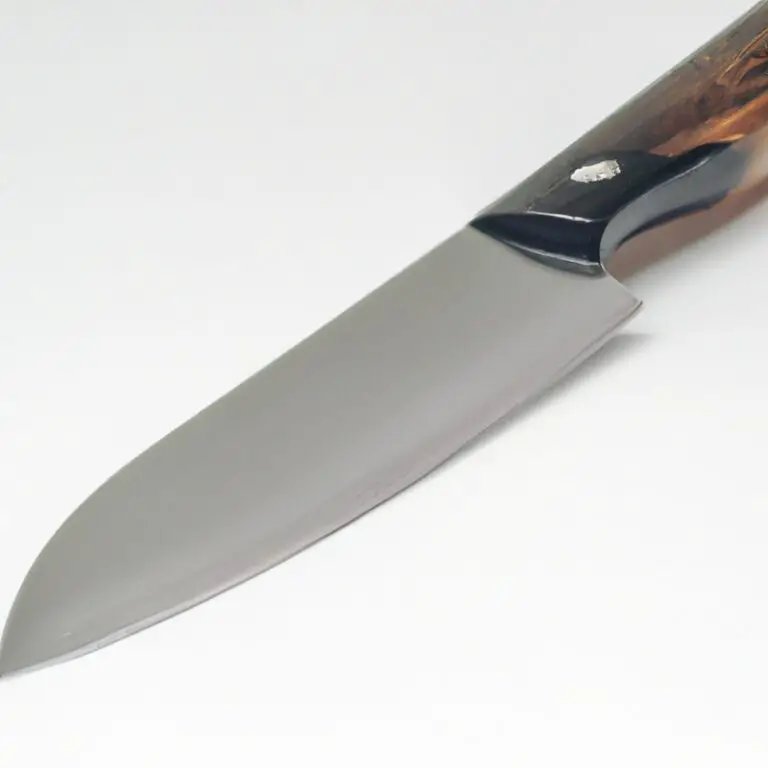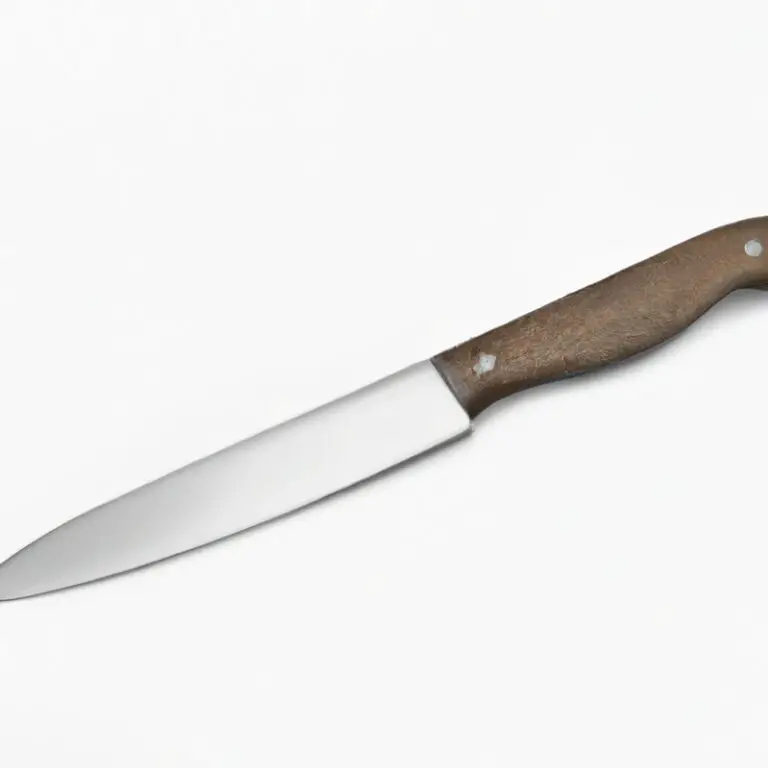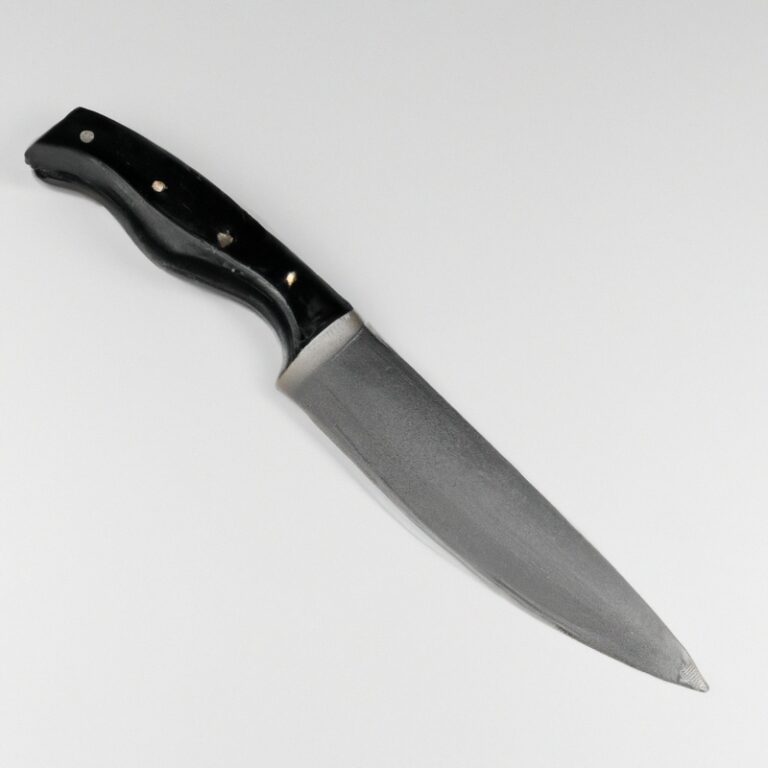How To Fillet a Sauger Using a Fillet Knife Like a Pro?
Key Takeaways:
- Start by positioning the sauger at a comfortable angle and making precise cuts along the spine.
- Use a fillet knife with a thin, flexible blade to easily remove the skin and bones from the meat.
- Remember to utilize proper safety techniques, including keeping your fingers away from the blade and wearing protective gloves if necessary.
- Practice makes perfect: the more you fillet sauger using a fillet knife, the easier and more efficient the process becomes.
Do you love fishing and want to know how to fillet a sauger like a pro? Filleting a sauger with a fillet knife can be intimidating for beginners, but with the right techniques and tools, it can be a breeze.
In this blog post, I will walk you through the step-by-step process of filleting a sauger using a fillet knife.
From assembling your tools to disposing of the leftover fish parts properly, you’ll learn everything you need to know to get perfect fillets every time. So, let’s get started and become an expert sauger fillet chef!
| Steps | Instructions |
|---|---|
| Step 1 | Wash the sauger thoroughly and place it on a cutting board. |
| Step 2 | Insert the tip of the fillet knife at the top of the sauger’s head and carefully slit down to the stomach. |
| Step 3 | Turn the knife to the side and continue to cut along the rib cage, keeping the blade as close to the spine as possible. |
| Step 4 | Cut around the belly of the fish to remove the fillet from the body. |
| Step 5 | Flip over the sauger and repeat the process to fillet the other side. |
| Step 6 | Remove the skin from the fillet by laying the fillet skin-side down on the cutting board. Insert the tip of the knife between the flesh and skin and work the knife back and forth while pulling the skin away from the fillet. |
| Step 7 | Trim off any remaining bones or skin before cooking the fillet. |
Assemble your tools
Before you begin filleting a sauger, it is essential to assemble your tools to ensure a smooth and successful process. You’ll need a fillet knife, cutting board, pliers, and gloves.
Make sure that your fillet knife is sharpened and the blade is at least 7 inches long.
A dull blade will make it difficult to fillet the sauger, and a shorter blade may not be enough to cut through the fish’s backbone. The pliers will help you remove small bones from the fillet, making it easier to enjoy your meal.
A cutting board will keep your workspace clean and prevent the fillet from sliding around while you’re working on it.
Lastly, wearing gloves will prevent the fish’s scales and slime from sticking to your hands and make cleanup easier. Once you have all of your tools, you’re ready to sanitize your workspace and secure the sauger for filleting.
Clear and sanitize your workspace
Before you start filleting your sauger, ensure that your workspace is clean and sanitized. This will help avoid cross-contamination and prevent any potential health hazards.
Start by clearing your workspace of any clutter or debris, then wash it thoroughly with hot, soapy water.
Once clean, sanitize your workspace using a solution made of one tablespoon of bleach mixed with one gallon of water. Wipe down all surfaces, including your knife, cutting board, and any other utensils you’ll be using.
Keep your workspace clean and sanitized throughout the entire filleting process, wiping down surfaces as needed.
This will help ensure that your sauger fillets are safe and ready to cook.
Secure the sauger
To secure the sauger, place the fish on a cutting board with its belly facing towards you. Hold the head firmly with one hand and take the fillet knife with the other hand.
Make a cut behind the gills and down to the backbone.
Then, turn the blade outward and run it parallel to the spine until it reaches the tail. Repeat the same process on the other side of the sauger.
This will help to keep the sauger in place while you fillet it and prevent any accidents from happening during the process.
Make the first cut behind the gills
To begin filleting a sauger, the first step is to make the first cut behind the gills. This cut will allow you to remove the head and start separating the fillet from the body.
It’s important to make this cut as close to the gills as possible to minimize waste.
Start the cut by inserting the tip of your fillet knife behind the gills and slicing downward toward the spine. Use a smooth and steady motion, making sure not to cut too deep into the fish.
Once the cut is complete, proceed with cutting along the spine to the backbone.
Remember to always exercise caution when handling sharp objects.
Cut along the spine to the backbone
To begin filleting the sauger, make a small incision behind the gills and cut along the spine towards the backbone. Use the knife to separate the flesh from the bone, but be careful not to cut through the backbone.
This will ensure that the fillet remains intact and free of bones.
Take your time and use long, smooth strokes with the knife to achieve the best results. Once you have cut along the length of the spine, repeat on the other side of the sauger.
The spine and rib cage can then be removed, leaving you with two boneless fillets ready for cleaning and trimming.
Cutting along the spine to the backbone is a crucial step in filleting a sauger, as it separates the edible flesh from the bony structure while preserving the integrity of the fillet.
Separate the fillet from the rib cage
To separate the fillet from the rib cage, make a cut along the ribs with the fillet knife. Start at the rib cage and use the knife to slice along the bones until the fillet is separated from the carcass.
Be sure to remove all of the bones and any remaining scales from the fillet before cooking.
Repeat the process on the other side of the sauger to obtain two fillets.
Remove the skin from the fillet
To remove the skin from the fillet, place the fillet skin-side down on a cutting board. Grip the tail of the fillet with one hand and use the fillet knife to cut the skin away from the flesh in short, sawing motions.
Keep the blade angled slightly upward to minimize the amount of flesh lost.
Repeat the process for the other fillet. Once the skin is removed, inspect the fillet for any remaining bones and trim as needed.
Trim the fillet to your desired size
Once you have removed the skin from the fillet, the next step is to trim it to your desired size. It is important to be careful while trimming to avoid taking off too much meat.
Start by placing the fillet flat on the cutting board and removing any remaining bones with tweezers or a boning knife.
Decide the size of the fillet you want and mark the cut with a knife. Use a sharp fillet knife to cut through the flesh along the line you have drawn.
Be sure to cut in a straight line to prevent the fillet from being uneven.
When trimming, always cut slightly inward towards the center of the fillet. This will result in a cleaner cut and remove any bones that might be left.
Once you have trimmed the fillet to your desired size, inspect it for any remaining bones or skin.
Remove any bones carefully with tweezers, and use a sharp knife to remove any skin pieces. Repeat the process on the other side of the sauger and then discard the remaining fish parts responsibly.
With these simple steps, you can easily trim sauger fillets to your desired size and get the most meat out of your catch.
Repeat on the other side of the sauger
After filleting one side of the sauger, it’s time to repeat the process on the other side. Turn the fish over and start by making a cut behind the gills, just as before.
Then, cut along the spine towards the tail to separate the fillet from the rib cage.
Remove the skin from the fillet and trim it to your desired size. Make sure to dispose of the leftover fish parts correctly, so as not to harm the environment.
Filleting the other side of the sauger can be a bit tricky, so take your time and be careful not to waste any of the meat.
With practice, you’ll soon be filleting sauger with ease!
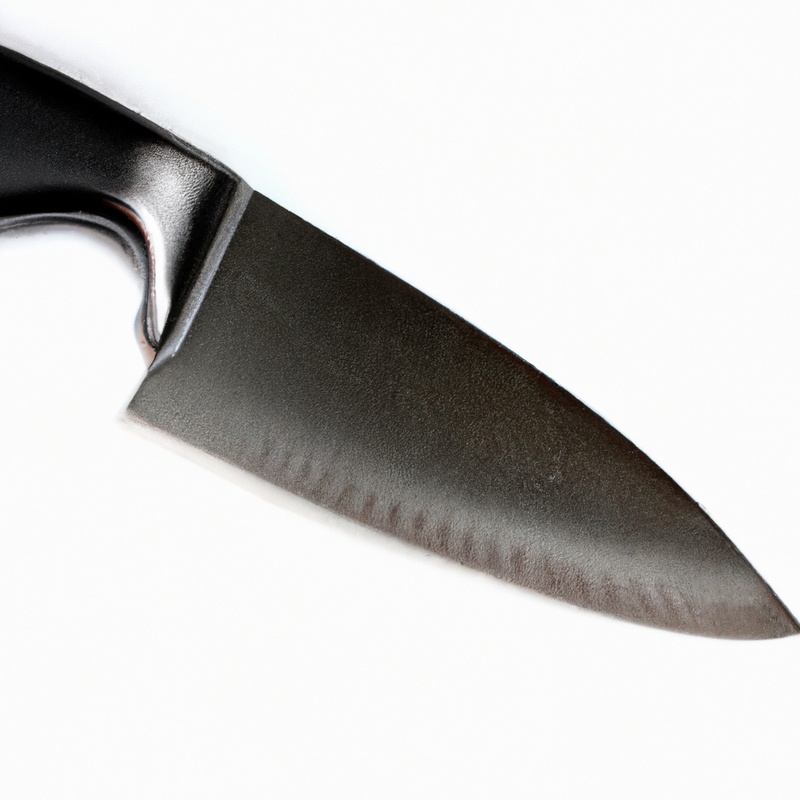
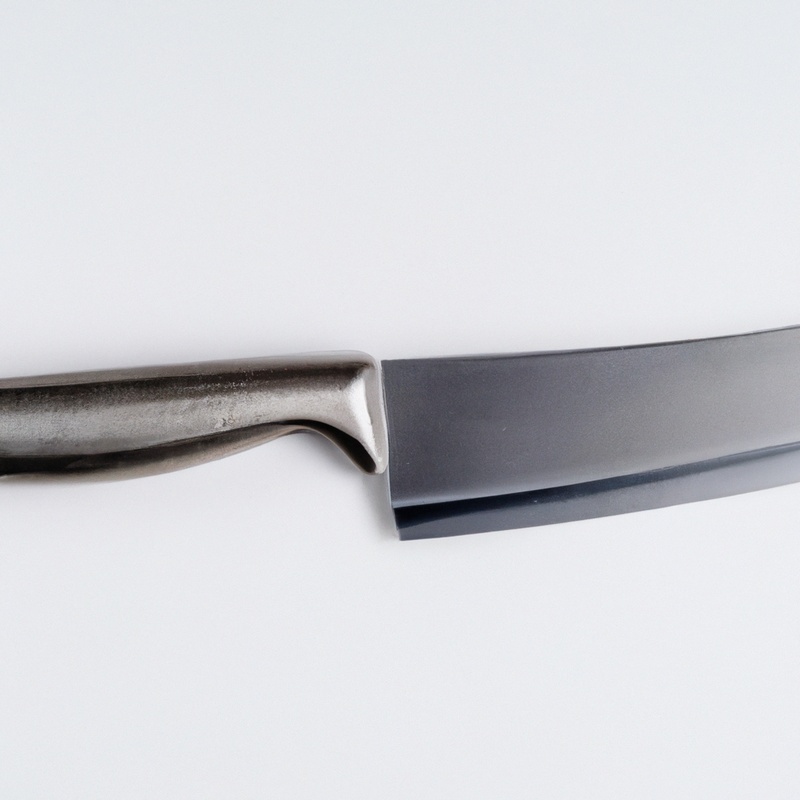
Dispose of the leftover fish parts properly
It is important to dispose of the leftover fish parts properly to prevent odors and attract unwanted animals. The fish parts can be used for making fish broth, fertilizer, or compost.
If you do not intend to use them, wrap the fish parts tightly in a plastic bag and dispose of them in the garbage bin.
Do not dispose of them in the sink or toilet as it can clog the pipes and cause environmental damage.
Final Verdict
Filleting a sauger can be a challenging task, but it becomes effortless with the right tools and techniques. A sharp fillet knife, a sturdy cutting board, and a clean workspace are all essential ingredients for successfully filleting a sauger.
Remember to always handle your fillet knife with care, and never compromise safety for speed.
By following the steps mentioned in this article, you can turn your fresh sauger catch into delicious fillets in no time. With practice, you will become a pro at filleting fish, impressing your friends and family with your culinary skills.
Lastly, it is crucial to dispose of the leftover parts properly, keeping our environment clean.
Together, we can ensure sustainability in fishing while enjoying our favorite dish. Happy filleting!

